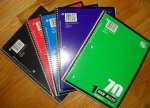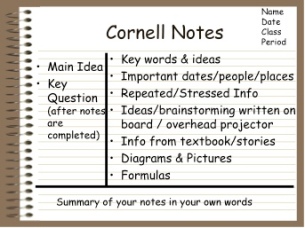The Not So Happy Trails
Many students often disrobe as they enter the house at the end of the school day. The backpack falls to the floor as they run to the fridge for snacks and a trail of belongings follows their path as the after school hours progress. The “Where’s my…?” begins when homework time starts and before anyone sits down to work, there’s more often than not a frustrating scene between parent and child. Psychologist Dr. Ken Shore confirms angst only contributes to low productivity and lack of learning.
Avoid the stress. Be Proactive.
- Set a definitive space where backpacks, jackets and sports equipment are to be placed every day before snack time begins. (Each family member can design his or her own box in which to drop supplies.)
- When homework is finished (in that well a defined work space – See earlier blog on Homework Space), all work, musical instruments, sports supplies, etc. should go back in the box making easy to find the next morning when racing to meet the school bus.
- I often suggest shoes be placed there as well.
The one glitch comes with bedtime reading.
Often students like to save literature assignments for late night reading in bed. The chances of that book making it into the backpack in the morning are slim. But this does not have to be a problem. Simply ask to borrow or purchase a second copy of the book to be kept at home. Not only is it easier to find each day, but the students can annotate directly in their own copy of the book as they read.
Remember: Students need tools to build their success, not others to do the work for them.
Good luck and please let me know how this works of you. I welcome your comments, questions and suggestions of topics you would like me to address.
Next Post: Thursday, November 5, 2015










